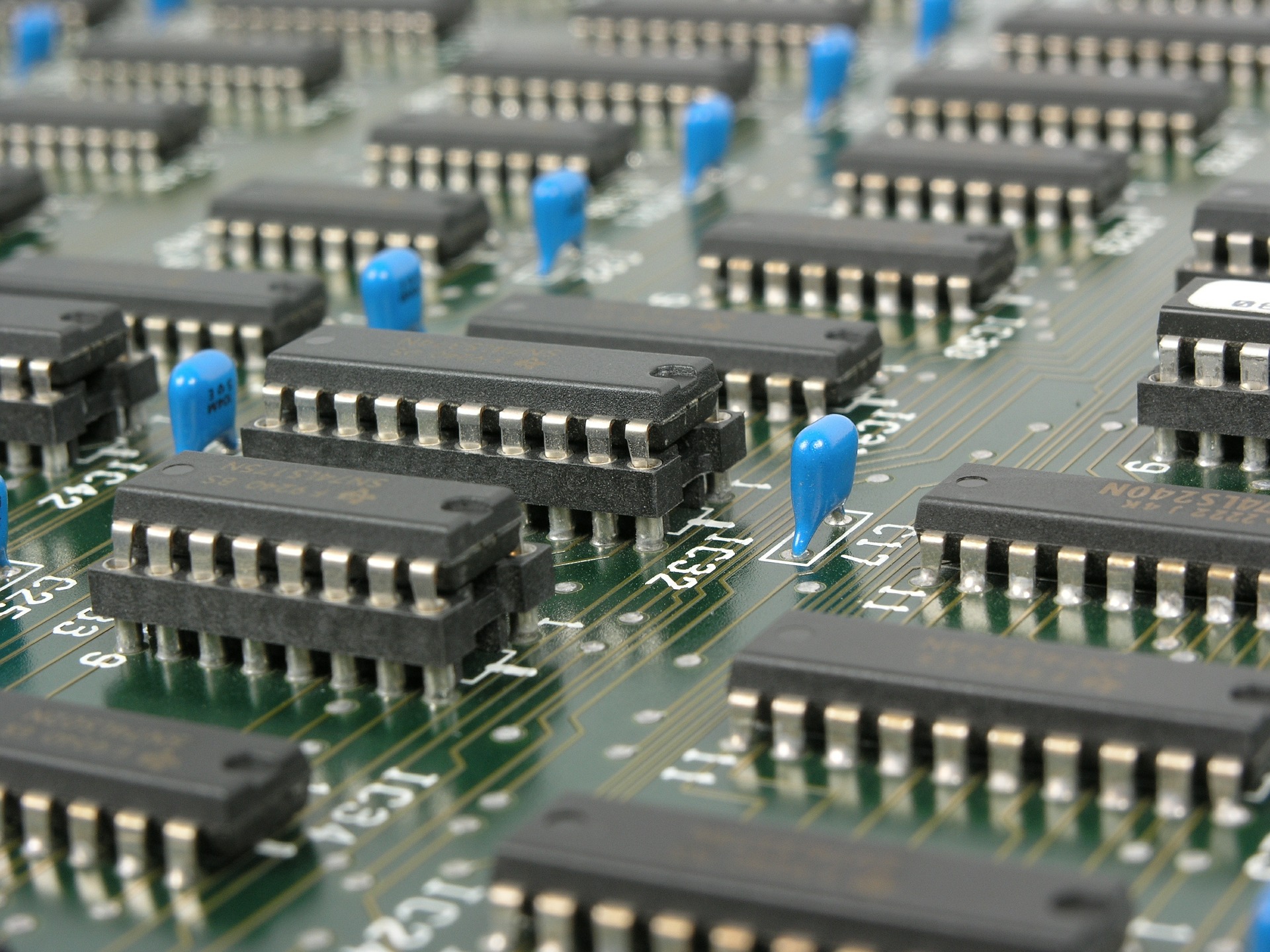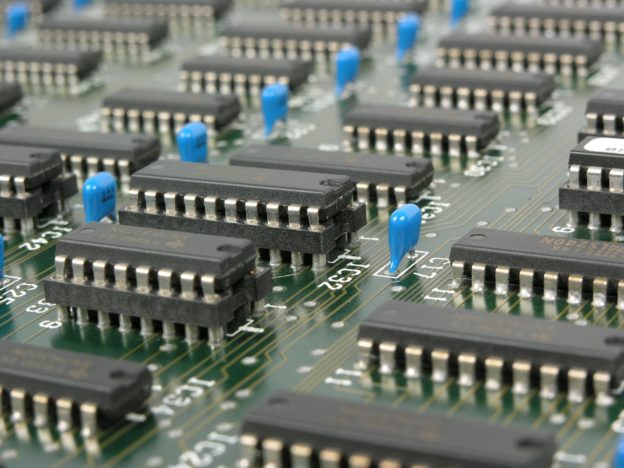With intelligent manufacturing solutions that get better every day, car manufacturing industries will soon be able to produce approximately 5000 cars per month. Impossible! Don’t you think? Well, it’s far from impossible because Internet of Things (IoT) is changing the way things are performed in the automobile industry. This is much better than Toyota’s lean principles of manufacturing that aimed at reducing waste. Intelligent manufacturing solutions improve and magnify lean principles to greater heights. New technologies like big data analytics and intelligent automation are connected in the cloud so that everything is visible in real time. Some of the early adopters of this intelligent solution are Audi, Siemens, GE, Bosch, FCA and China – who perhaps have the most advanced in the world. IoT is actually what has brought what is called the 4th Industrial Revolution: Industry 4.0. Its benefits include:
1. Improved Operations
The smart sensors connected to the devices enable communication between machines and the data they gather. This information is presented to manufacturers on the other end. With this information they can diagnose problems, see where they can improve efficiency, and plan their operations. There is also a high percentage of reduced inventories. A lot of paper and clutter is done away with to pave way for a clean, organized environment. With IoT, savings and benefits are realized in abundance.
2. Minimum Failure Rate
Since all machines are computerized and smart sensors are sending information, failure rate is almost obsolete. Machines can now be monitored for their efficiency and maintenance and can be scheduled to repair or replace before problems occur. Improved production is a direct result.
3. Cut Employee Expenses And Energy
Audi can testify to this. The introduction of smart sensors and robots in the manufacturing industry brings faster, more efficient, and smoother operations. You will only need personnel to supervise the technology. Salaries and other funds are channeled to production improvement. The company also benefits in energy output. Their output is predictable and can be increased rather than the unpredictable nature of human output. Higher energy output translates to higher productivity.
4. Visibility
Equipment, factories, and electronics are connected; hence, more intelligent data is obtained and shared from plant floor to supply chain. This means that the company produces cars according to feedback and demand from the market. The suppliers are able to communicate with the market as to what is in store for them: what is the quality and efficiency of new cars being produced and how many of them are released. All these streamlined processes optimize supply and demand and bring to market new products more quickly.
5. Higher Quality Goods
Since groups of robots do the assembling of parts like windshields, door panels and fenders, higher quality goods are created using more precise lasers and cameras. They also paint and seal which eliminates the need to control climate and air. The robots inspect their own work for errors upon completion of the cars. This means the consumers get error free cars as opposed to the errors that occur due to human strain.
6. Human Safety
Robots pick and assemble the many small parts rather than humans, which reduces fatigue and risk of injuries in employees. Smart machines have sensors that monitor and lower emissions. They regulate air, water, and oil; thus, they decrease human clumsiness and boost productivity in the long run.
7. Track Equipment Effectiveness
IoT enables the company to track the overall equipment effectiveness (OEE) automatically in real time. This makes it possible to calculate the equipment utilization which improves the output and efficiency of the assembly line and the plant itself. It also helps the companies to plan their routine maintenance schedules.
8. Faster Decision Making
With these new intelligent operations, collecting data from various systems is easier and faster. One is also able to get a 360 degree perspective so that biased decisions are not made. It enables the company to also find a root cause easily and act accordingly. This improves overall performance.
9. Prediction
With aggregate data in place, a lot of prediction is made by data analytics. They are able to predict when a machine will no longer be useful, when some types of cars should be done away with, when some types should be introduced, what amount needs to be produced by what year, and many other details. Large economies of scale are thus appreciated and planned for. This leads to a more satisfied clientele and upward profitability.
Smatter is always better. Car manufacturing industries must embrace this technology or be shipped out. Clearly, its benefits outweigh the risk involved.
DO YOU KNOW WHERE TO START?
It’s not as difficult as you think, when you have the right partner. Download a free brochure NOW! Smart Manufacturing doesn’t have to be complicated.



